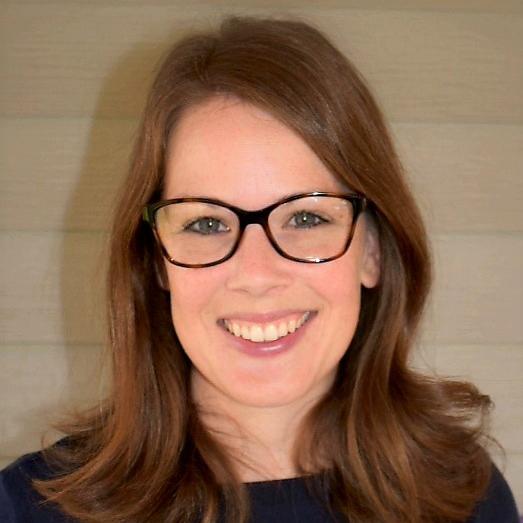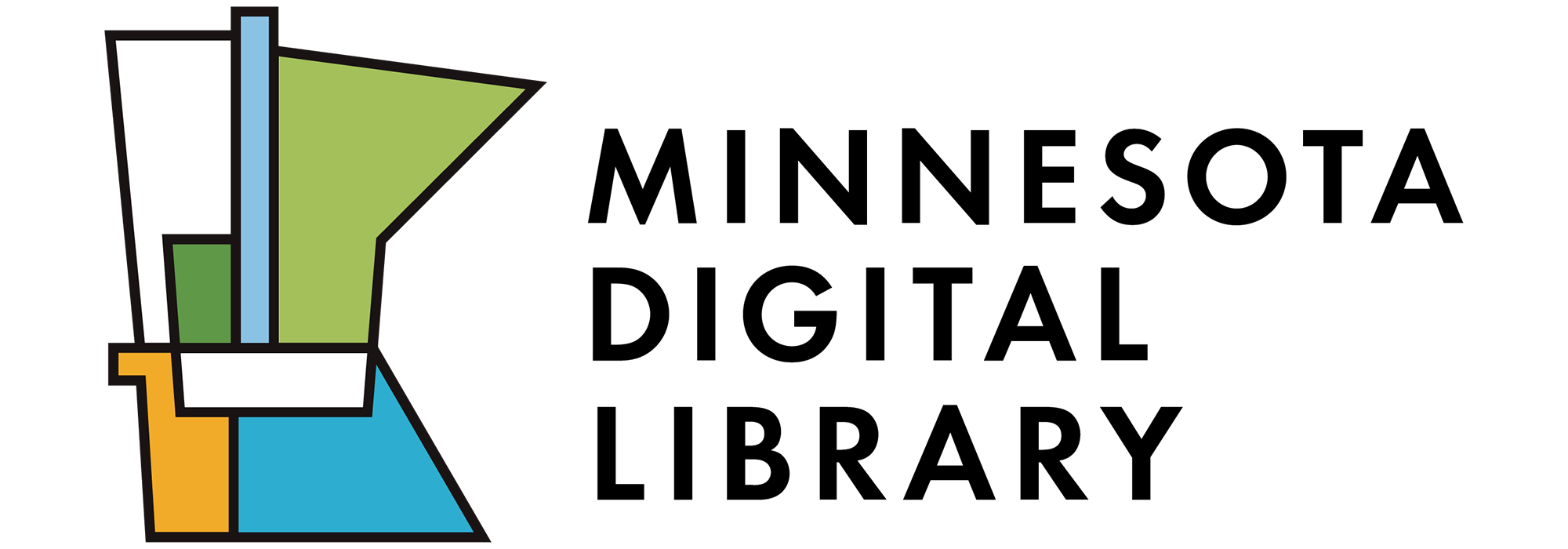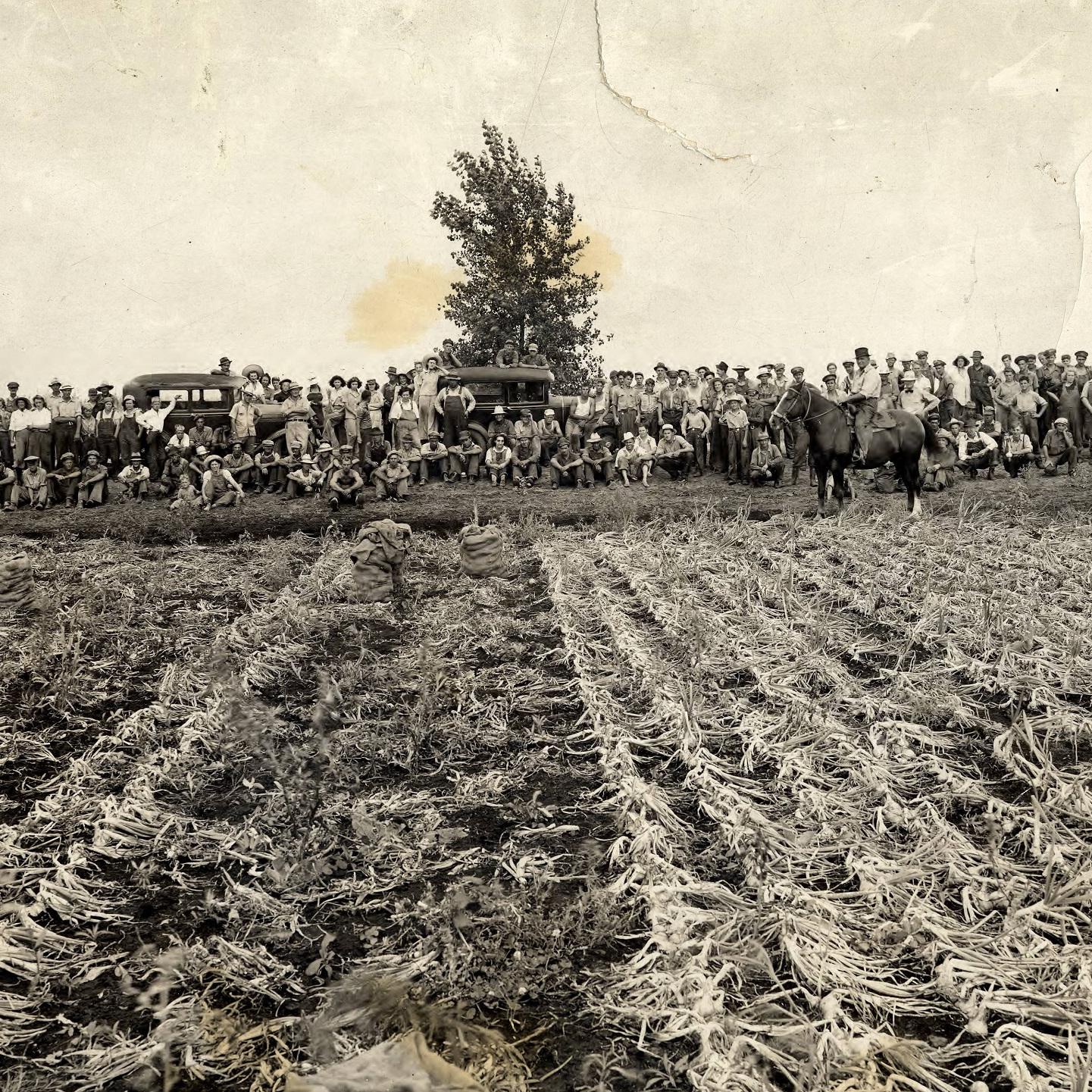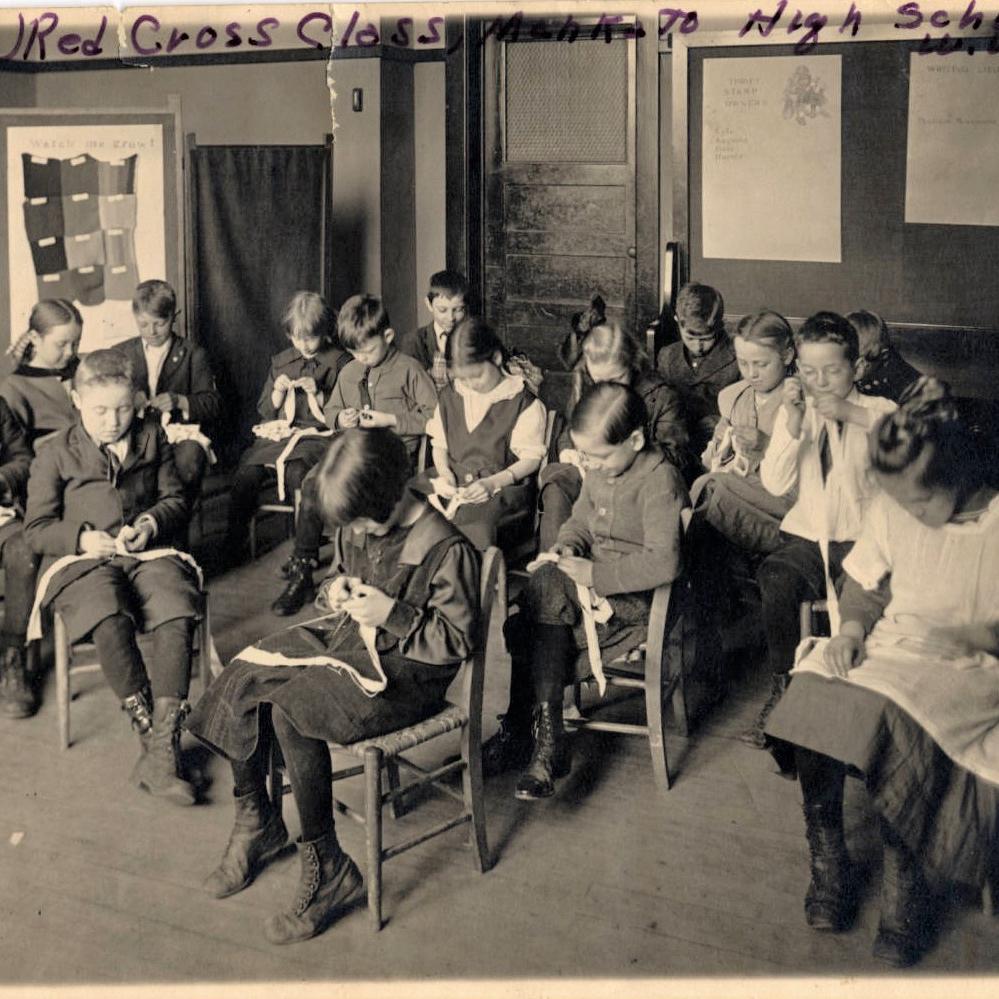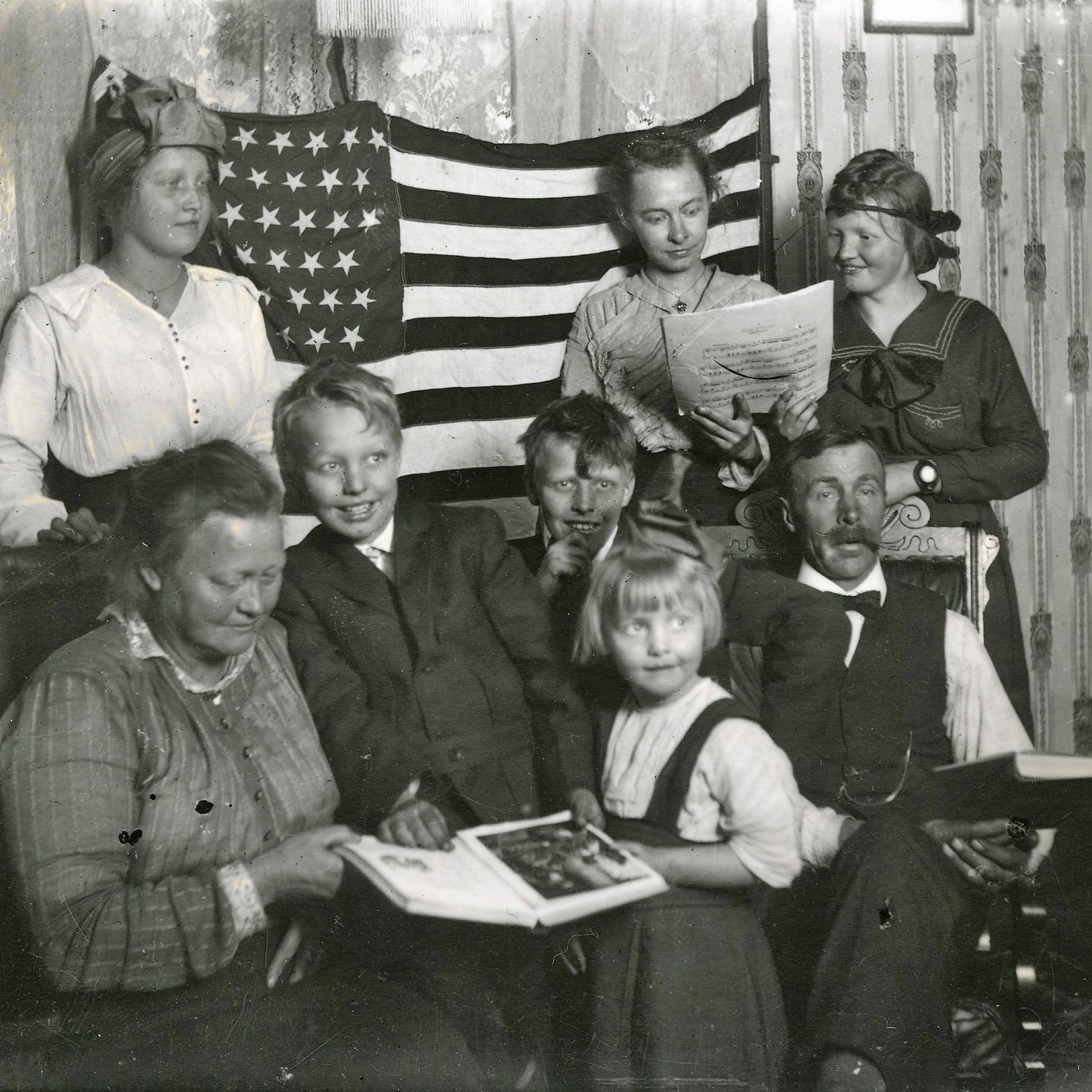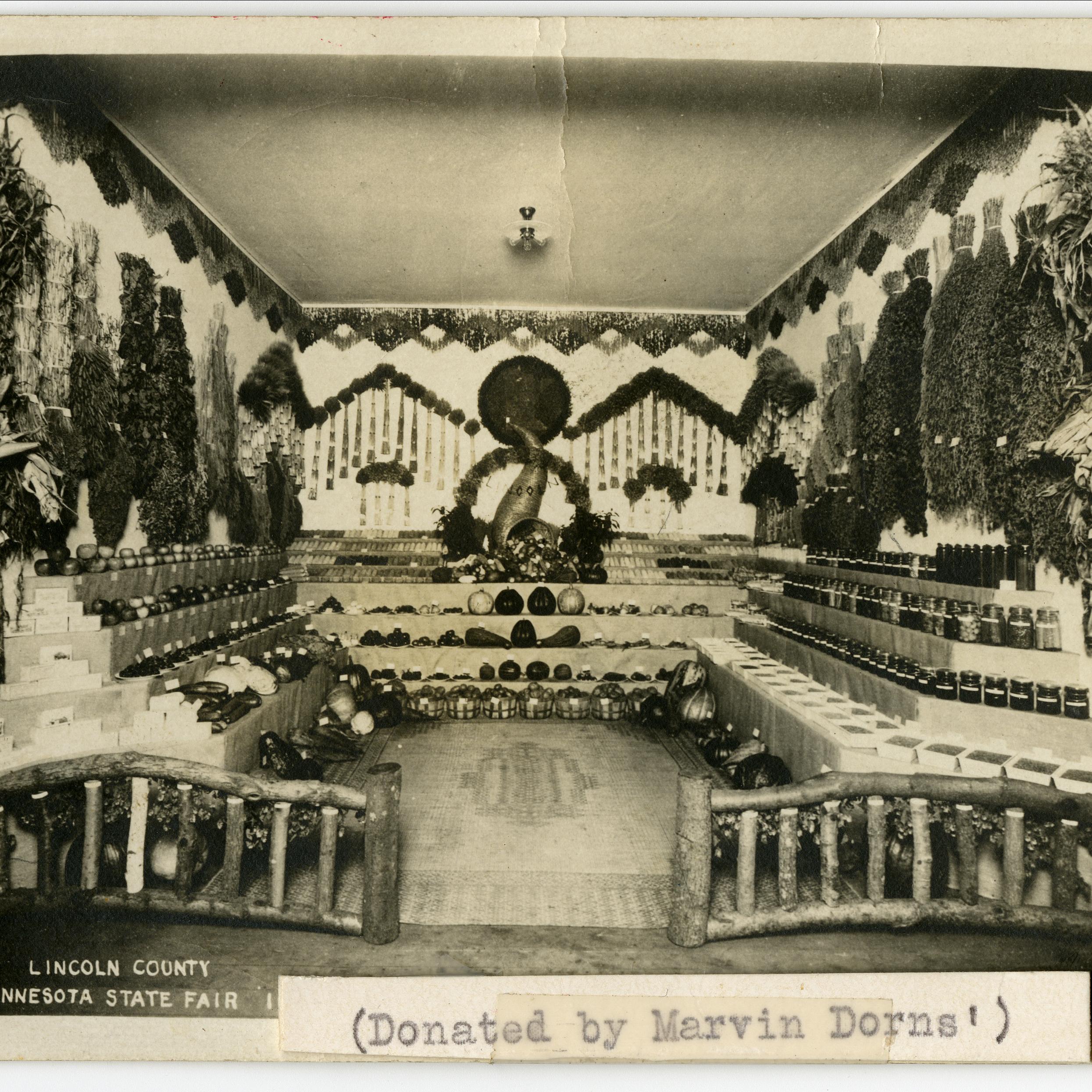Quick Summary
The Minnesota Digital Library brings together historical content from a range of Minnesota’s cultural heritage organizations, all in one place. It is full of resources just waiting to be discovered and used by K12 teachers, librarians, and students. Here are some ways you can engage with MDL’s digital collections in an educational setting.
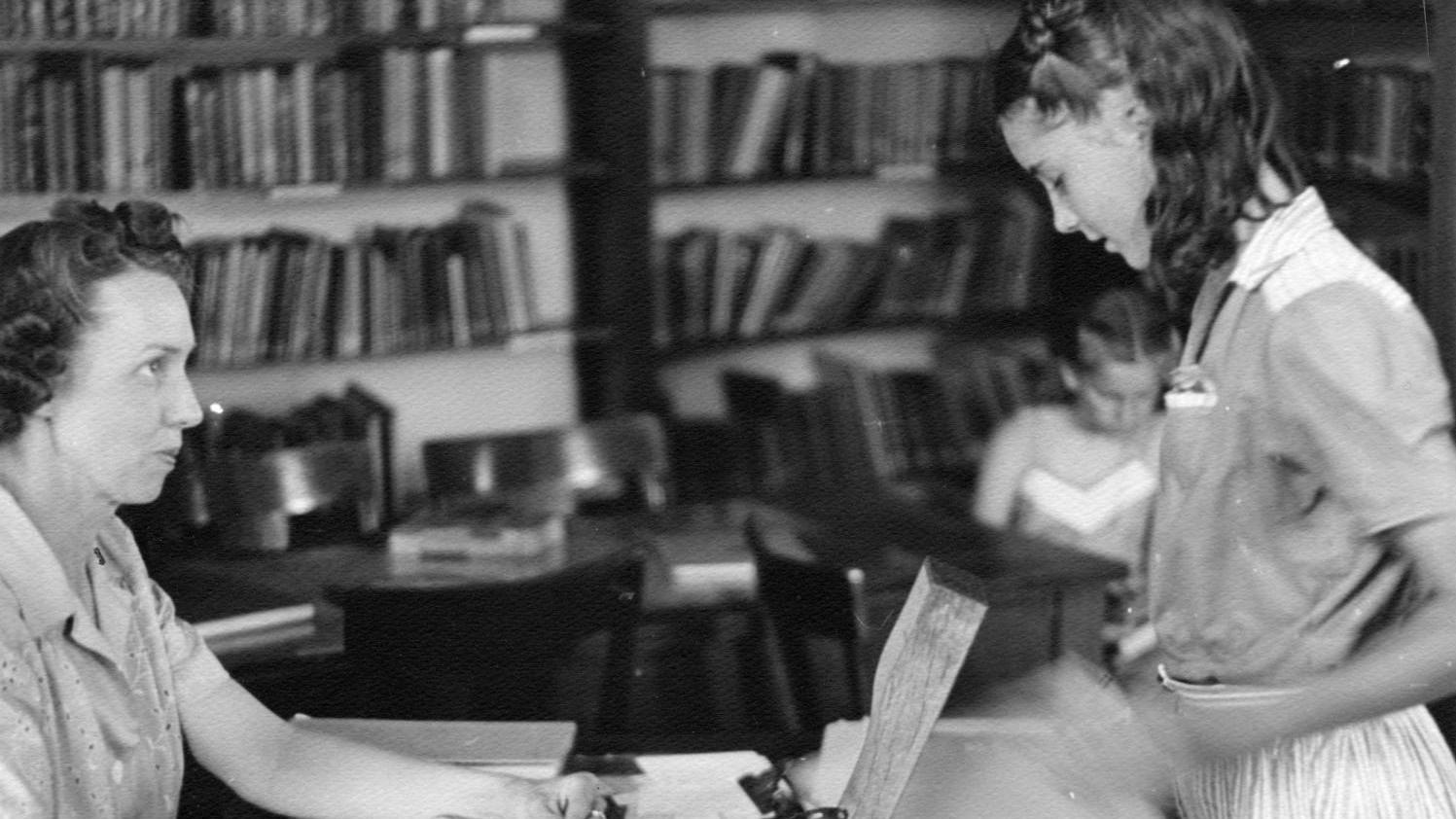
The Minnesota Digital Library (MDL) brings together historical content from a range of Minnesota’s cultural heritage organizations, all in one place. It is full of resources just waiting to be discovered and used by K12 teachers, librarians, and students. Here are some ways you can engage with MDL’s digital collections in an educational setting.
Browse and Search
To get started, browse through MDL’s varied resources on mndigital.org. You can browse all 58K+ items, or you can browse by topic, contributor, or format. Use the Search bar, located at the top of every page, to look for something specific. MDL has both a basic search as well as an Advanced Search, where you can limit results or have more than one search term.
Once you receive your list of search results, you can refine your search further by type, format, date range, location, and more. To learn more about a particular item, select it from the list of results to access an item page with a Universal Viewer and a list of descriptive metadata providing more information about the item. Documents and audio-visual materials also have typed transcripts accessible from this page. Finally, you may enjoy browsing further by selecting items to view from the Related Items bar along the right side of the page.
Picture-a-Day Icebreaker
Are you looking for ways to get students thinking critically and using close observation skills at the start of class time? Consider using MDL items to get them to “Think Like a Historian” with a picture-a-day icebreaker. Find an item on MDL to share with students and ask them to describe what is happening, who is pictured, when and where it happened, and why it was created. You could also ask them who or what is NOT pictured, and what else they want to know about it. By answering these questions, students can begin to understand the what, who, where, when and why of the primary source material – and ultimately, the story it tells.
Scavenger Hunts
Scavenger hunts can be fun ways to teach people how to search for items in a digital collection like MDL. You can pick a theme that relates to a specific unit of study, subject, time, or location; select items that fit that theme; and ask students to search mndigital.org to find them. You can see an example of a scavenger hunt that MDL staff created for the Minnesota State Fair through this article from 2021.
Timelines and Maps
Timelines are useful tools for teaching and learning about people, places, and events in the past. MDL has created a set of online timelines of Minnesota history that place historical images, documents, maps, and more at specific moments in time. These primary and secondary sources come from MDL’s contributors all over Minnesota. Explore these timelines to engage with MDL’s digital collections in a new way. You can access the timelines on MDL’s Timelines Project Page. More will be added over time, so be sure to check back often!
MDL has also developed several interactive map exhibits to place our materials in their actual locations within Minnesota. Each map features photographs and documents that help tell stories about these significant places. We will be adding more maps soon, including a series of regional maps featuring one item each from Minnesota’s 87 counties. Access the maps on MDL’s Maps Project Page to discover significant places from Minnesota’s history.
Primary Source Sets
Are you looking for new ways to teach students how to develop critical thinking and historical analysis skills? Another way to help them “Think Like a Historian” is with Primary Source Sets from the Minnesota Digital Library. These sets bring together primary and secondary sources in new ways to help students better understand historic events in their context.
Drawing on materials shared with MDL by libraries, archives, and museums across Minnesota, these sets include letters, photographs, advertisements, oral histories, postcards, newsletters, speeches, and more. Each set includes a topic overview, ten to twenty primary sources from the MDL collection, links to related resources, discussion questions and classroom activities. There are 32 Primary Source Sets available for free on our website. Have an idea for a new set topic? Contact us!
Online Exhibits
Finally, MDL staff have been developing Online Exhibits that explore a wide range of topics in Minnesota history and culture. These exhibits add historical context to our rich collections of digitized materials from contributors across the state. They provide an opportunity for visitors to discover and engage with the stories preserved in MDL on a deeper level.
K12 educators may be particularly interested in exploring the Minnesota Immigrants online exhibit series. These three exhibits (People on the Move, Immigrant Experiences, and Preserving Culture) include stories from many of our state’s immigrant communities through photographs, documents, interviews, and more.
Social Media
Plus, don’t forget to follow us on social media (Facebook, Instagram, and Twitter) for more digital collection highlights and inspiration!
Image credit: Librarian helps a child at Riverview Hall, St. Cloud State University, 1943. https://collection.mndigital.org/catalog/stc:553
